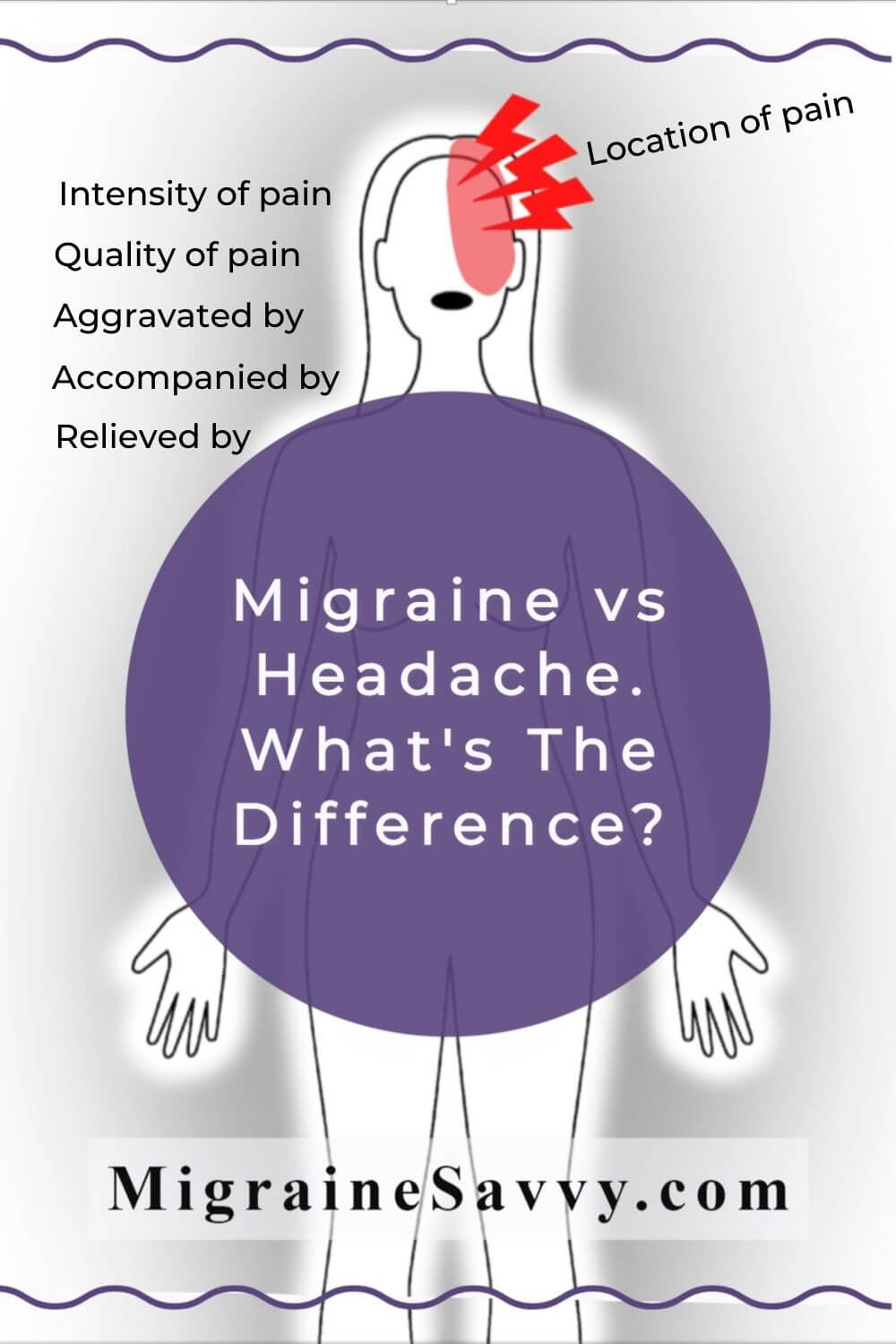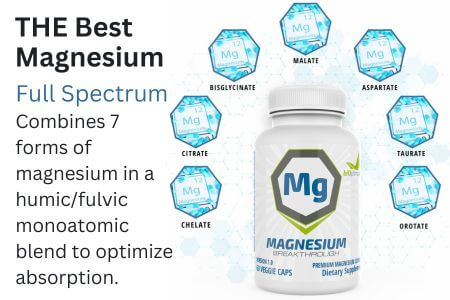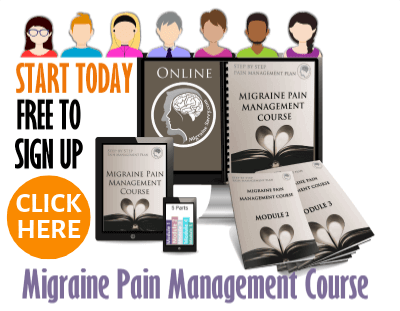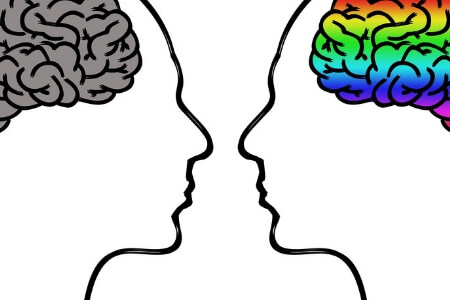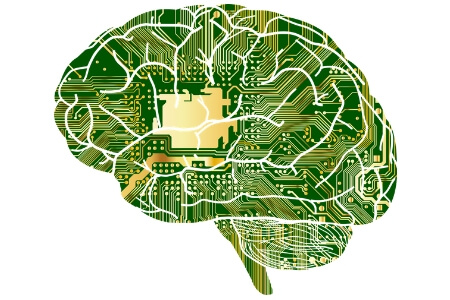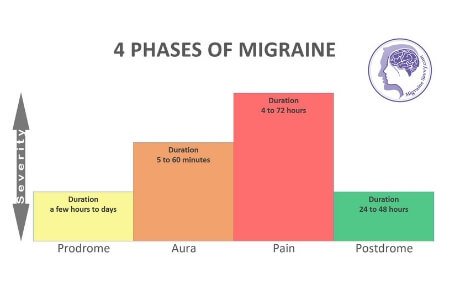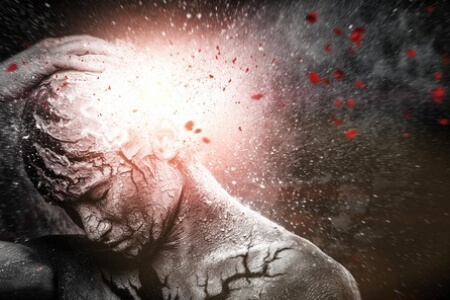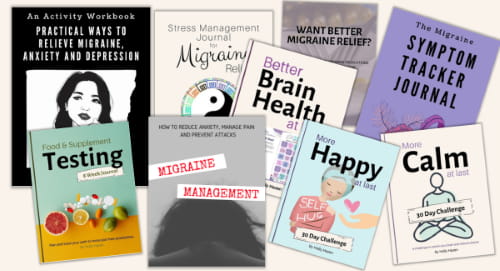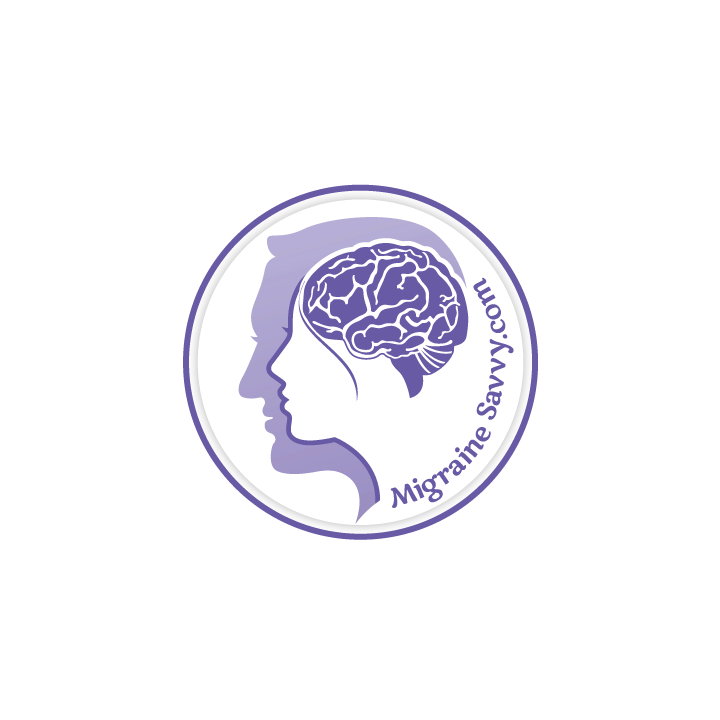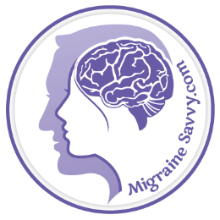- Home
- Migraine Types
- Migraine Vs Headache
Magnesium Deficient = More Migraine Attacks
Science confirms this hidden trigger.
Get all 7 forms your body actually absorbs in one bottle.
🎁Save 10% with my code!
Magnesium Deficient = More Migraine Attacks
Science confirms this hidden trigger. Get all 7 forms your body actually absorbs in one bottle +
🎁Save 10% with my code!
Migraine vs Headache: Understanding the Critical Differences
Understanding the difference between migraine vs headache can be challenging, yet it's crucial for finding effective treatment. While both conditions cause head pain, they differ significantly in their impact, symptoms, and underlying causes.
According to the National Headache Foundation, over 45 million Americans experience chronic recurring headaches, with many mistaking them for migraines.
Let's explore these differences in detail to help you better understand and manage your condition.

The Basics of Headaches
A common headache typically presents as a dull, pressing sensation that affects both sides of the head. These familiar pains are often triggered by everyday factors like stress, muscle tension, or minor health issues. While uncomfortable, headaches usually don't prevent you from carrying out daily activities and can often be managed with simple treatments.
Types of Headaches You Should Know
The most prevalent types of headaches include:
1. Tension Headache: These are the most common, affecting up to 80% of adults in the United States. They're characterized by a band-like pressure around the head and are often triggered by stress, poor posture, or muscle strain.
2. Sinus Headache: Occurring alongside sinus infections, these headaches bring facial pain and pressure, particularly around the forehead, cheeks, and bridge of the nose. They're typically accompanied by nasal congestion and discharge. The pain usually intensifies with movement, and it can be moderate to severe.
3. Cluster Headache: Though less common, these headaches cause intense pain around one eye and occur in cycles or "clusters." They affect approximately 1 in 1,000 people and are more prevalent in men. The regular grouping of attacks occurs several times a day. An attack may last two weeks to three months and then completely disappear for months or years, only to recur years later for a similar pattern of several times a day for two weeks, etc.
4. Migraine Headache: While classified as a type of primary headache, migraines are distinct due to their complex neurological nature and unique set of symptoms. Due to their complexity and significant differences from other headache types, we'll explore migraine in detail in the following section.
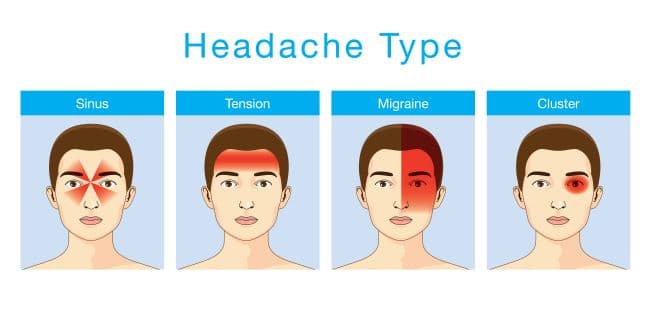 Different types of headaches, from sinus to cluster, each have unique symptoms and causes.
Different types of headaches, from sinus to cluster, each have unique symptoms and causes.Understanding Migraines: More Than Just a Headache
Migraine attacks are far more complex than regular headaches. As a neurological condition, migraine episode involves a series of chemical and neurological changes in the brain. What sets migraines apart is their severe impact on daily life and their distinctive pattern of symptoms.
Distinctive Migraine Symptoms
When experiencing a migraine, people often encounter:
- Intense, throbbing pain, typically on one side of the head
- Extreme sensitivity to light and sound
- Dizziness and vertigo
- Fatigue and weakness
** IMPORTANT **
Migraine is a complex neurological medical condition where a trigger, or triggers, cause a chain of chemical reactions in our body.
A headache does NOT.
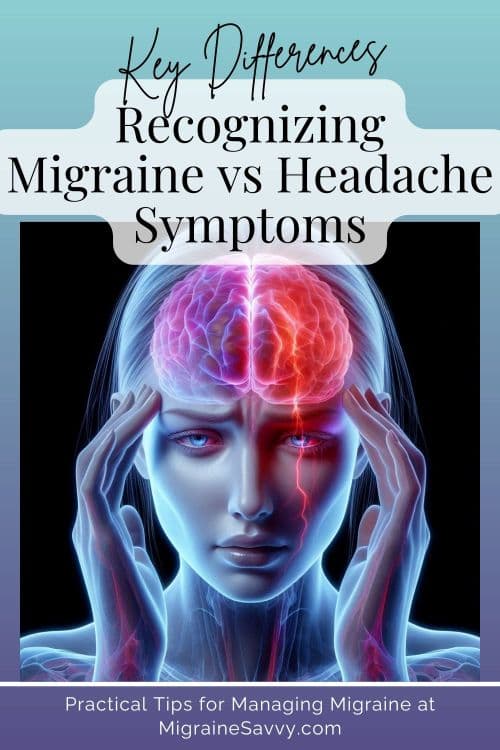 A migraine is a complex neurological process, which makes it harder to treat than a headache.
A migraine is a complex neurological process, which makes it harder to treat than a headache.Migraine vs Headache: Key Differences
Understanding these crucial distinctions can help you identify your condition and seek appropriate treatment:
|
FEATURE |
MIGRAINE |
TENSION HEADACHE |
|
Intensity of pain |
Moderate to severe. |
Mild to moderate. |
|
Quality of pain |
Pulsating, throbbing. Intense. Often debilitating. |
Dull, constant pressure. Distracting but manageable, more like a steady ache. |
|
Location of pain |
Typically one sided, often around or behind one eye. However, sometimes can affect both sides. And behind one ear. |
Both sides of head. Forehead, scalp and temples. Like a vice grip is around your head, or your hat is too tight. |
|
Aggravated by |
Movement and exertion |
Rarely affected by movement |
|
Additional Symptoms |
Multiple neurological symptoms: nausea, dizziness, vomiting, sensitivities to light, sound and smells. Blind spots, vision impairment. |
Few to none: minor sensitivity to light |
|
Duration |
4-72 hours or longer |
Few hours to a day |
|
Relieved by acetaminophen, aspirin or ibuprofen alone |
NO |
YES |
Learn to spot the differences between a migraine and headache - different medications are required to treat each one effectively.
Treatment Approaches and Relief Strategies
Managing Common Headaches
Most headaches respond well to simple treatments and lifestyle adjustments. Effective strategies include:
- Taking over-the-counter pain relievers like aspirin, acetaminophen or ibuprofen
- Staying hydrated and maintaining regular sleep patterns
- Improving posture and ergonomics
- Reducing screen time
Migraine Treatment and Prevention
Migraine treatment typically requires a more targeted approach due to the intensity of symptoms and the underlying neurological triggers:
Immediate Relief:
- Prescription migraine medications like triptans, beta-blockers, or CGRP inhibitors for severe or frequent attacks
- Rest in a quiet, dark room
- Cold or hot compresses
- Anti-nausea medications when needed
Prevention Strategies:
- Identifying and avoiding personal triggers
- Maintaining a consistent sleep schedule
- Following a regular eating pattern along with proper hydration
- Stress management techniques
- Daily preventive medications for frequent sufferers
- Alternative therapies like biofeedback, acupuncture, or relaxation exercises
My #1 Choice in Magnesium Supplementation
The Importance of Proper Diagnosis
Getting an accurate diagnosis is crucial for effective treatment. While headaches and migraines share some symptoms, their underlying causes and optimal treatments differ significantly.
Misdiagnosing migraines as headaches can lead to ineffective treatment approaches and potentially worsen the condition through medication overuse.
When to Seek Medical Help
Consider consulting a healthcare provider if you experience:
- More than four headache episodes per month
- Head pain that significantly impacts your daily activities
- New or unusual headache patterns
- Pain that doesn't respond to over-the-counter treatments
- Any neurological symptoms like vision changes or weakness
Common Misconceptions about Migraines and Headaches
- Myth: Migraines are just severe headaches.
Fact: Migraine is a neurological disorder with a complex array of symptoms that can severely impact quality of life. A migraine episode has 4 phases, the headache is the third phase. It is not just a headache, it's a whole biological chain of events.
- Myth: Over-the-counter pain relievers work on a migraine.
Fact: While a mild migraine may respond to OTC medications, most require migraine-specific medications and treatment plans.
Final Thoughts
While both headaches and migraines cause head pain, understanding their distinct characteristics is essential for effective management. If you're experiencing regular head pain, keep track of your symptoms and triggers, and don't hesitate to consult a healthcare provider for proper diagnosis and treatment.
With the right approach, both conditions can be effectively managed, allowing you to maintain a better quality of life.
If you're experiencing frequent or severe head pain, schedule an appointment with a headache specialist to receive a proper diagnosis and personalized treatment plan.
How I can help right now
Sign up for my course with a step-by-step pain management plan that includes how to get the best from your doctor's appointment, be prepared before you see the specialist. The first module is free.
WANT MORE TIPS? Subscribe to my newsletter and follow along on Facebook and Pinterest for all of the latest updates.
MIGRAINE TYPES Related Articles
How to be more MIGRAINE SAVVY right now...
Migraine vs Headache Reference: WebMD.com (2015) Migraine Headache Basics. Accessed June 24, 2016; Updated Jan 2021; May 2024; Nov 2024.
